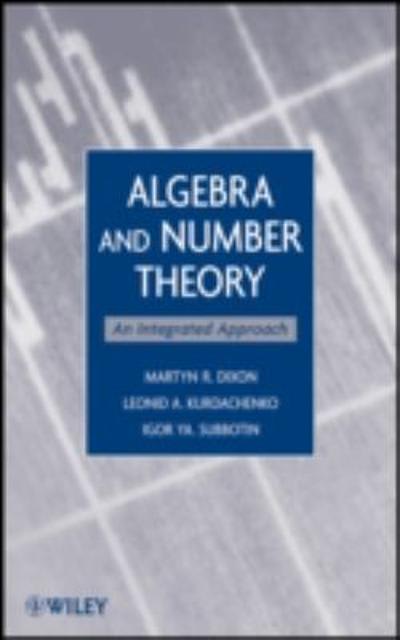Question
You are designing a cohort study to examine whether exposure to high levels of air population increases obesity in children. You will recruit non-obese children
You are designing a cohort study to examine whether exposure to high levels of air population increases obesity in children. You will recruit non-obese children 5-7 years of age and follow them for three years.There are few studies on this topic so you don't have a good estimate of the risk ratio you expect to find; you think it may be as low as 1.3 and as high as 2.5. Epidemiologic data indicate that 15% of US children become obese. Conduct an analysis to figure out how many participants you need to have 80% power to detect these different effect sizes (RR). Fill in the power calculations for the table below using SAS. Set alpha (type 1 error) to .05 and use a two-sided Fisher's exact test. Assume you will have a 1:1 ratio for exposed and unexposed. Hint: in your calculations, you will be allowing the sample size and minimum detectable RR to vary.
- Fill in Table 1 with sample size per group (exposed and unexposed) (do not use the total Ns) (2 points)
| Table 1. Power estimates for different sample sizes and RRs | |||||
| Detectable RR | Sample Size Per Group (exposed or unexposed) | ||||
| 100 | 200 | 300 | 400 | 500 | |
| 1.3 | |||||
| 1.6 | |||||
| 1.9 | |||||
| 2.2 | |||||
| 2.5 |
- Now enter this into a new database using the below syntax and plot the power curves for each RR (i.e. plot the association between sample size and power for each RR) using code similar to what we used in lab (see answer key). (Replace the '.xxx' with the actual power calculations from your table).
SAS coding notes: values with > or < signs, i.e. ">.999", are not considered a number in SAS and must be changed to actual numbers, i.e. 0.999 in the code below in order for SAS to be able to interpret it as a number and include it in the plot. Also for the plot, you will need to use this code "plot power*n=RR;" instead of the code from the lab ("plot power*ratio;").
data rrnpower;
input rr n power;
cards;
1.3 100 .xxx
1.3 200 .xxx
1.3 300 .xxx
1.3 400 .xxx
1.3 500 .xxx
1.6 100 .xxx
1.6 200 .xxx
1.6 300 .xxx
1.6 400 .xxx
1.6 500 .xxx
1.9 100 .xxx
1.9 200 .xxx
1.9 300 .xxx
1.9 400 .xxx
1.9 500 .xxx
2.2 100 .xxx
2.2 200 .xxx
2.2 300 .xxx
2.2 400 .xxx
2.2 500 .xxx
2.5 100 .xxx
2.5 200 .xxx
2.5 300 .xxx
2.5 400 .xxx
2.5 500 .xxx
;
run;
- Describe the relationship between statistical power, sample size and detectable differences. Which parameter (n or RR) is relatively more important in terms of increasing statistical power? Support your answer.
Step by Step Solution
There are 3 Steps involved in it
Step: 1

Get Instant Access to Expert-Tailored Solutions
See step-by-step solutions with expert insights and AI powered tools for academic success
Step: 2

Step: 3

Ace Your Homework with AI
Get the answers you need in no time with our AI-driven, step-by-step assistance
Get Started


